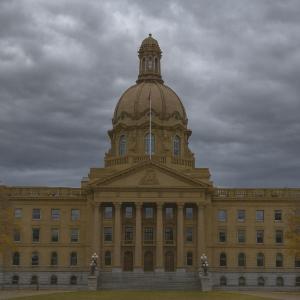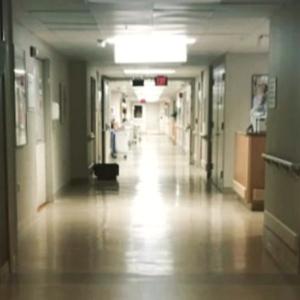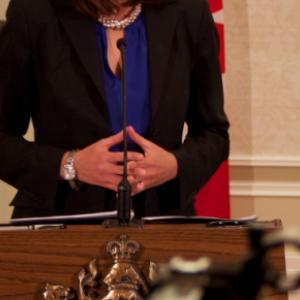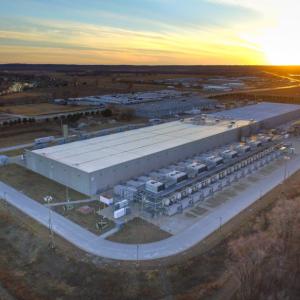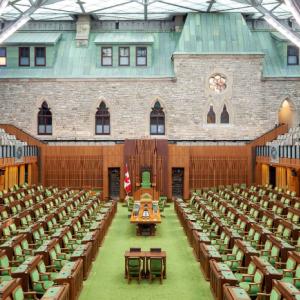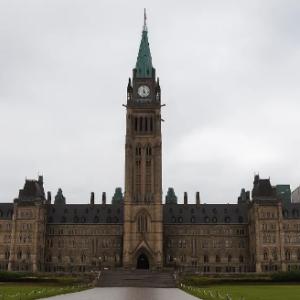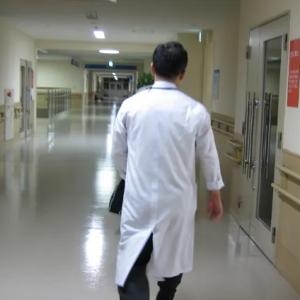Provinces opened the door for US doctors, as Ottawa blocks the hallway
Shortly after Inauguration Day (which feels like a lifetime ago), I wrote that Canada could be the professional refuge for U.S. physicians as American medicine collapses under authoritarianism and rank profiteering. As we enter late-2025, the argument is stronger than ever.
This summer, B.C., Alberta, Saskatchewan, Manitoba, Nova Scotia, New Brunswick, and PEI all moved decisively. Each now grants full, independent licences to U.S.-certified physicians. Ontario and Newfoundland still require a restricted or provisional licence first, but even that is light-years faster than the roadblocks that were previously in place.
For Canadian medical regulation, these changes are revolutionary. For the first time in more than a century, U.S. physicians have a real pathway into Canada without paying tribute to two sets of boards and bureaucracies. And it works. I know because I was one of the first to get fully registered in B.C.
But here’s the problem: these doctors can’t see patients if Immigration, Refugees and Citizenship Canada doesn’t let them move across the border.
The time to become licensed in Canada is now measured in weeks. But immigration is still measured in months. Often four to six, maybe more — if one is highly motivated.
It gets worse. The federal government just added another hoop: requiring an upfront medical exam before Express Entry, slowing things further and deterring potential applicants.
So instead of stepping straight into the hospitals that are hemorrhaging staff, qualified U.S. physicians are left sitting on the sidelines, caught in federal immigration backlogs while Canadian ERs board patients for 12, 24, even 48 hours. And that is of course if the patients don’t just leave.
This is not a licensing failure anymore. It’s a federal one.
Why This Matters
Every week of delay is another week that Canada’s aging, medically complex patients go without timely access to doctors. And every week is another week when U.S. physicians ask themselves if Canada really means it when it says they’re welcome.
As Canadians, we do not have the luxury of wasting months on paperwork while patients die in crowded emergency rooms.
Nearly one in five Canadian physicians is over age 60, and the rate of retirement is accelerating — especially in family and rural medicine. Meanwhile, one in four Canadians will be over 65 by 2036. Right now one in five of us are, and believe me, the system is already feeling it.
These changes will have deep demographic impacts on a system where millions lack a family doctor today, and where ERs are forced to absorb everything from basic primary care to late‑stage medical and social crises.
Add to this what is sure to be an unprecedented influx of novel infectious disease threats, doubly fuelled by ecological disruption and the willful destruction of the U.S. public health apparatus.
As the demand curve steepens further, Canada’s workforce curve will flatten. Unless we do something.
What Ottawa Must Do:
- Prioritize physician immigration the way we already prioritize seasonal farm workers and tech talent.
- Fast-track visas for licensed U.S. doctors with job offers in hand. Six weeks — as B.C. officials once promised — is a very reasonable target.
- Treat Canada’s doctor shortage as a national emergency. Because it is. The bottleneck is no longer in Vancouver or Halifax or Regina. It is entirely in Ottawa.
Bottom line: Canada has a once-in-a-generation opportunity to absorb talent that the U.S. is squandering. But unless the federal government fixes immigration delays, it’s going to slip away.
The licensing doors are open. The doctors are motivated and ready to come. The pieces are in place. Ottawa just needs to put them together.
---
Code Black is a pseudonymous physician and health policy expert who practices in B.C. after immigrating from the U.S. late last year. Their previous Canada Healthwatch articles include I traded my U.S. medical career for life in Canada, and Notes from the ER in an Anti-Science Age.
